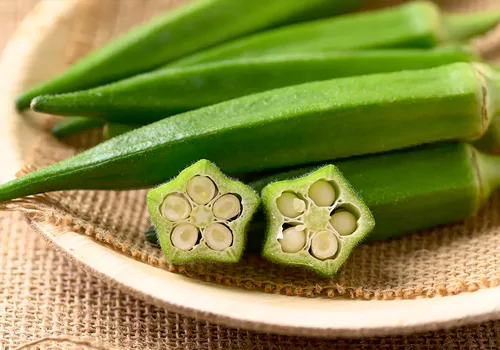Planning a vegetarian diet is simple but make it healthy
posted on May 29, 2015 2:50PM
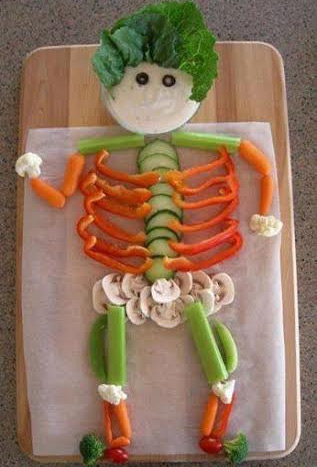
A healthy diet – vegetarian or not – consists of a balance of important food groups – fruits, vegetables, proteins and grains.
One of the biggest dietary challenges – especially for strict vegetarians – is getting adequate protein from plant sources. Proteins are made up of small units called amino acids, which your body uses to manufacture body proteins like hormones, enzymes and muscle tissue. Your body can make some amino acids, but others are called essential – because your body can’t make them, so they have to come from the diet.
Fortunately, there’s a fairly easy work-around – and that is to combine plant sources in such a way as to provide all the building blocks that the body needs. The essential amino acid that is lacking in beans, peas or lentils, for example, is abundant in grains – and, conveniently, what grains lack, beans can provide. So, when you pair black beans with brown rice, or a bowl of lentil soup with whole grain bread, you can provide your body with all the essential amino acids it needs.
One of the most common mistakes that many people make when they decide to “veg out” is to simply eat everything that used to be on their plates – minus the ‘animal flesh’. A diet made up of little more than pancakes, noodles and French fries might qualify as vegetarian…but it’s hardly healthy.
Few basics to get you started on vegetarian diet:
1.Have a fruit or veggie at every meal and snack
That’s good advice for everyone. Its generally recommend that people strive for at least 3 fruits a day, and then two servings of vegetables at lunch and another two servings at dinner. As calories allow, you can increase these numbers.
2.Whole grains contribute to protein needs
Whole grains provide some (although not all) essential amino acids, which makes them an important component of a vegetarian plan. The amount you need to eat each day will depend on your calorie and protein needs, but you’ll need a minimum of two daily servings.
3.Beans, peas and lentils help complete your protein needs
The amino acids found in beans, peas and lentils (and products made from them like tofu, tempeh or protein powders made with soy or pea protein) complement those found in grain foods, which is why these foods are so important. You don’t necessarily have to eat beans and grains at the same meal, but you should make a point to have some of each throughout the day. Again, the amount you need will depend on your calorie and protein needs, but as with any other plan, you should aim to have some protein at each meal and snack to meet needs and help with hunger control.
4.Dairy are great protein sources for lacto-ovos
It’s somewhat easier to meet protein needs if you’re vegetarian (not vegan) and are ready to include dairy products in diet. These foods provide high quality protein at a relatively low calorie cost.
5.Protein powders can also help meet protein targets
Protein powders made from plant proteins – like soy, or rice and pea – are great for vegetarians, since they help boost your protein intake at a relatively low calorie cost. They’re easy to add to foods like protein shakes, cooked oatmeal and even soups to boost protein– and, you can tailor the amount you use to your individual needs.
Note: Pay attention to the calorie cost of some of these foods. Nut butters, for example, do provide some protein, but the calorie count is relatively high. Also, included rice, hemp and almond milk on the list because many people use them as alternatives to dairy milk, but notice that they are quite low in protein. As informed by Susan Bowerman, Nutritionist, USA
Courtesy
Glow with health wellness solutuions



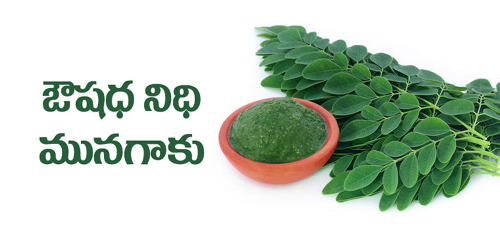



(1).webp)
.webp)

.webp)

.webp)










.webp)
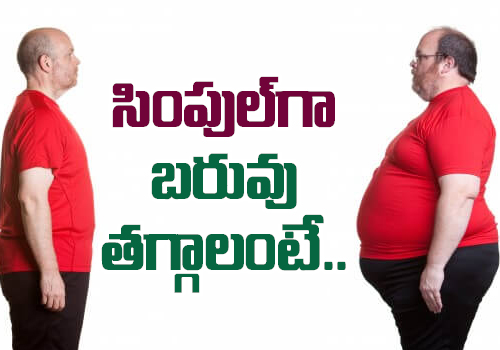
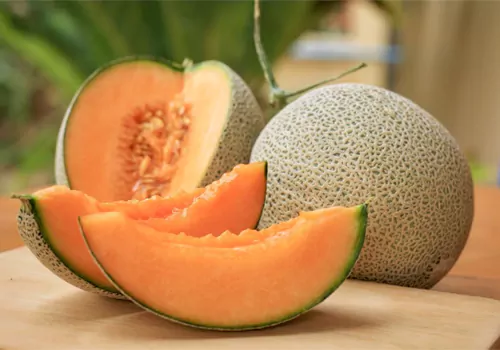
.webp)
.webp)
.webp)

.webp)
